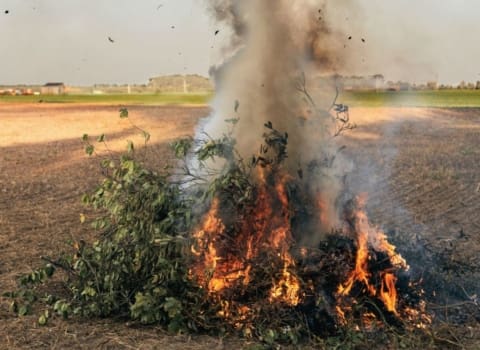Contact our offices
Main office
COLBURN
5 & 6 BAILEY COURT
COLBURN BUSINESS PARK
RICHMOND
NORTH YORKSHIRE
DL9 4QL
Estate Agency Offices are located in
BARNARD CASTLE, BOROUGHBRIDGE & RICHMOND
Residential Management Team
Our Offices
- Alnwick
01665 568310
Email Officealnwick@gscgrays.co.uk - Barnard Castle
01833 637000
Email Officebarnardcastle@gscgrays.co.uk - Boroughbridge
01423 590500
Email Officeboroughbridge@gscgrays.co.uk - Chester-Le-Street
0191 3039540
Email Officechester-le-street@gscgrays.co.uk - Colburn
01748 897630
Email Officecolburn@gscgrays.co.uk - Driffield
01377 337180
Email Officedriffield@gscgrays.co.uk - Hamsterley
01388 487000
Email Officehamsterley@gscgrays.co.uk - Hexham
01434 611565
Email Officehexham@gscgrays.co.uk - Kirkby Lonsdale
01524 880320
Email Officekirkbylonsdale@gscgrays.co.uk - Penrith
01768 597005
Email Officepenrith@gscgrays.co.uk

Current imbalance between supply and demand could impact on land prices
There is currently an imbalance between supply and demand which could impact on land prices in the months ahead. Although there has been an increase in land for sale since last year the overall figure has been falling consistently since its peak in 2010 and last year in Northern England the number of land sales recorded were around 50 percent compared with 2010. This reduction in available land can be attributed to various issues, including economic and regulatory influences.
The number of farms and land parcels offered for sale in June is reported to be 30% up since last year highlighting that farmers are exploring different ways of reducing debt. The options include selling off land parcels or the more dramatic choice of selling up completely.
A number of key factors have conspired to force farmers to consider these options which impact directly on the farming industry. Farming has been wrestling with the ramifications of Brexit and the withdrawal of European farm subsidies which has forced farmers to look closely at the viability of their farms. There has also been the added pressure in commodity price volatility which became a concern even before the war in Ukraine erupted.
The economic landscape was further muddied by the impact on interest rates created by the Liz Truss ‘mini budget’ which put further pressure on farm businesses making it even harder for succession planning.
All of this has taken place at a time when we are seeing new entrants into the farmland market and it has been reported that a third of all farms sold last year were bought by private and institutional investors which is the highest level for over a decade.
The arrival of private individuals, investors and companies looking into the environmental benefits of owning land has been a significant driver for the market. Businesses are under increasing pressure to reduce their carbon emissions and see farmland as a way to offset them.
While there is currently strong competition for land if we start to see the removal of benefits for inheritance tax (IHT) planning then, perhaps, we will start to see prices fall. There is no doubt that finding ways to avoid inheritance tax is a key factor in the strong market and according to officials figures the relief saved landowners £1.1bn in IHT between 2017 and 2020.
That period coincides with the lowest level of interest rates and implies less pressure on borrowing with banks focussed more on serviceability of loans and less on loan to value. At the same time, capital taxation and the low cost of borrowing has conspired to put farmers in direct competition with non-farmers.
While the current trend suggests a closing of the imbalance between supply and demand, future developments may dictate a different landscape.
John Coleman is Head of Farm Sales at GSC Grays call 01423 590500 or email jarc@gscgrays.co.uk










